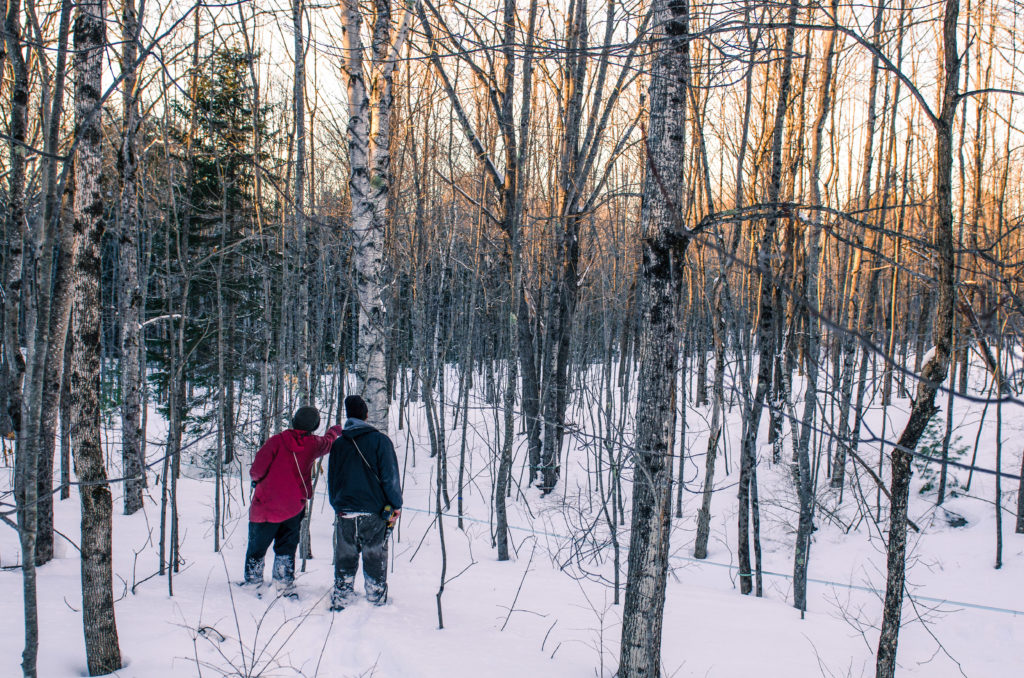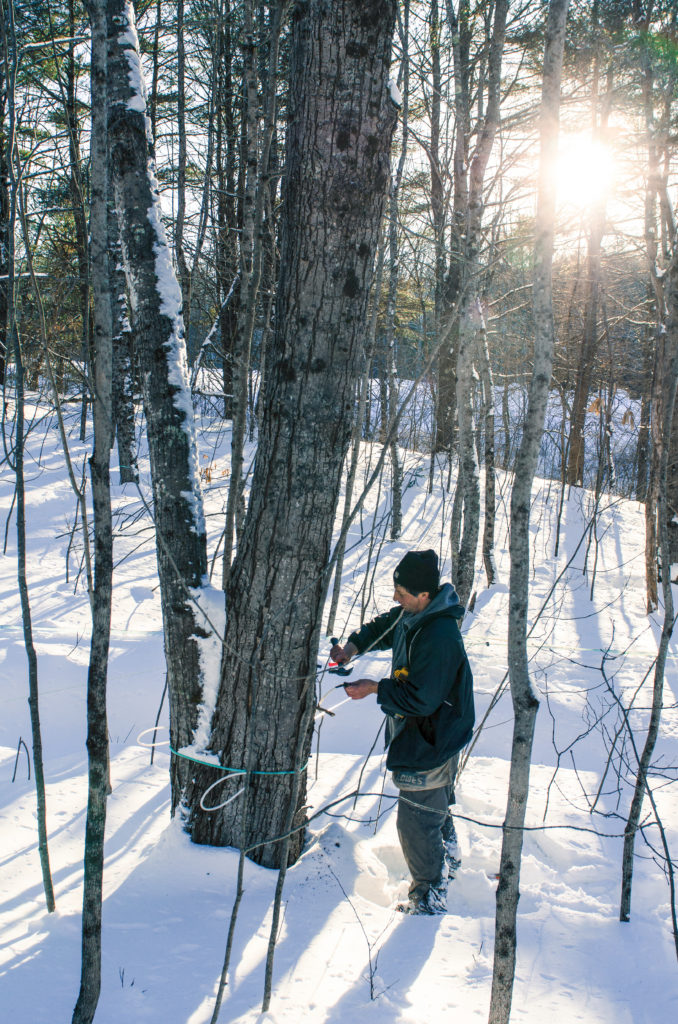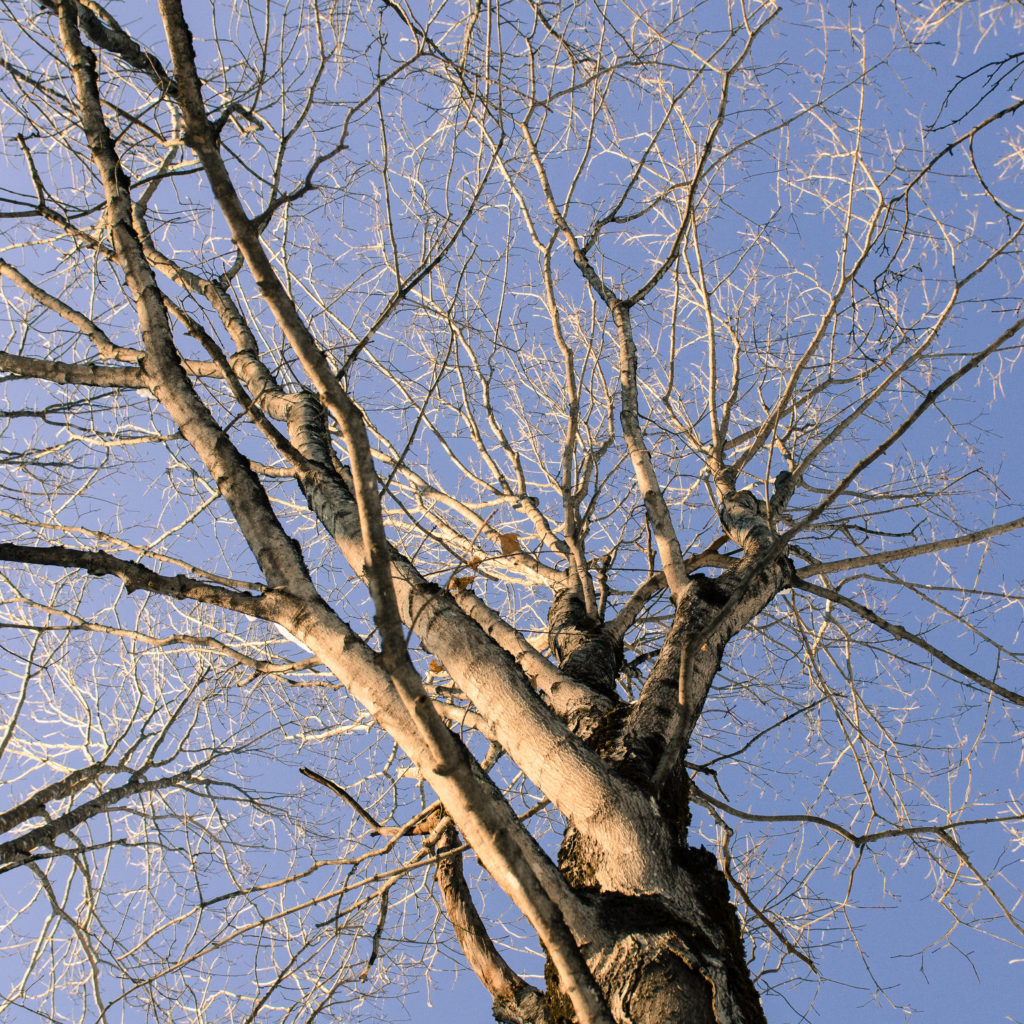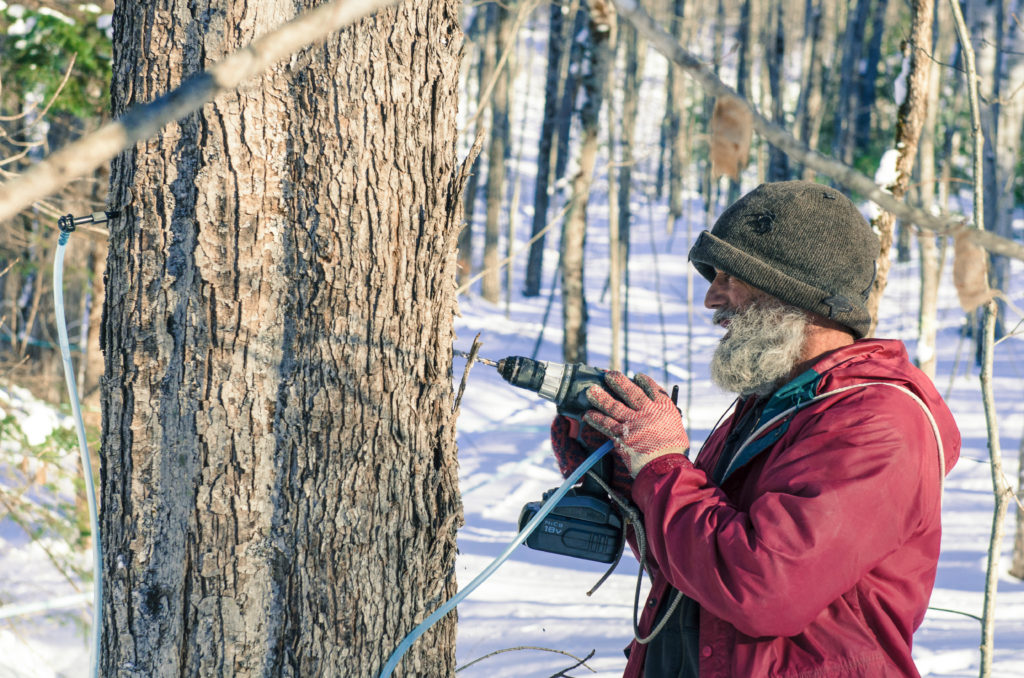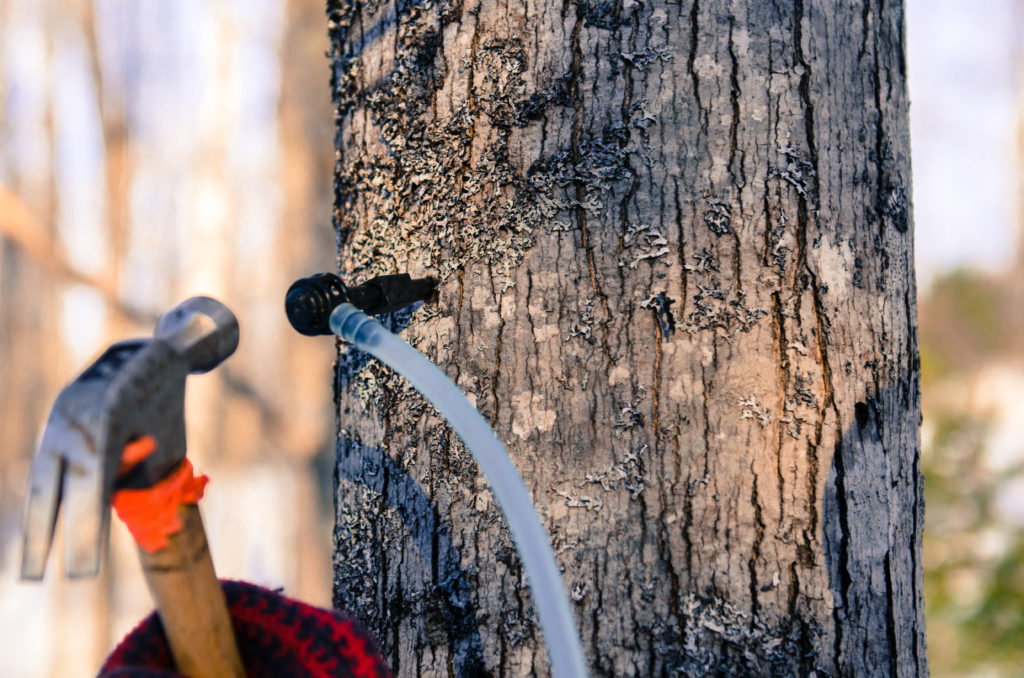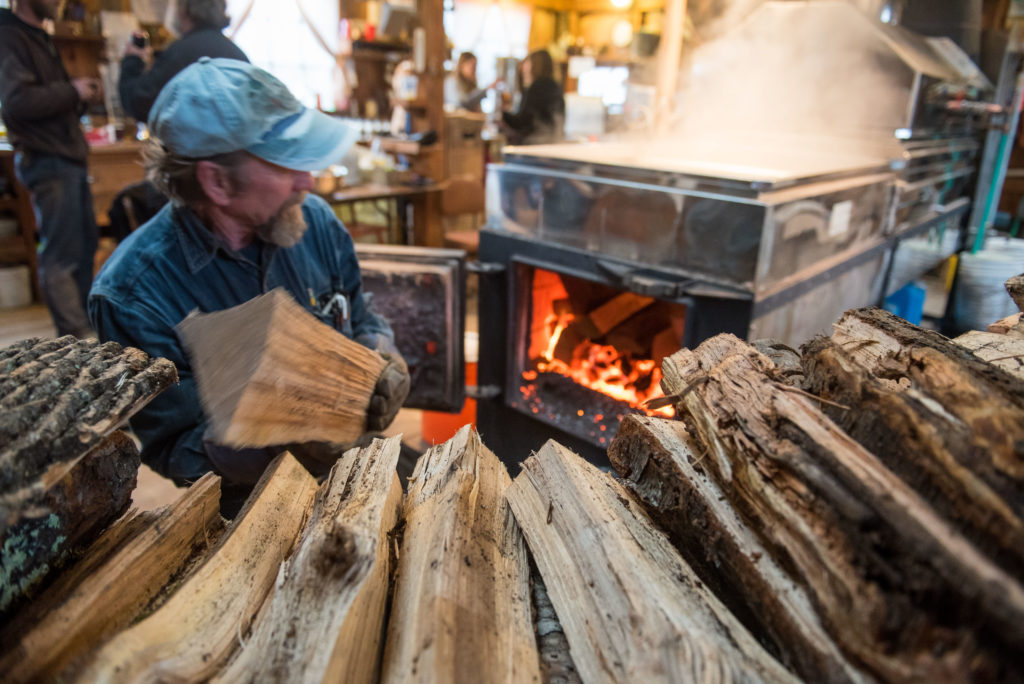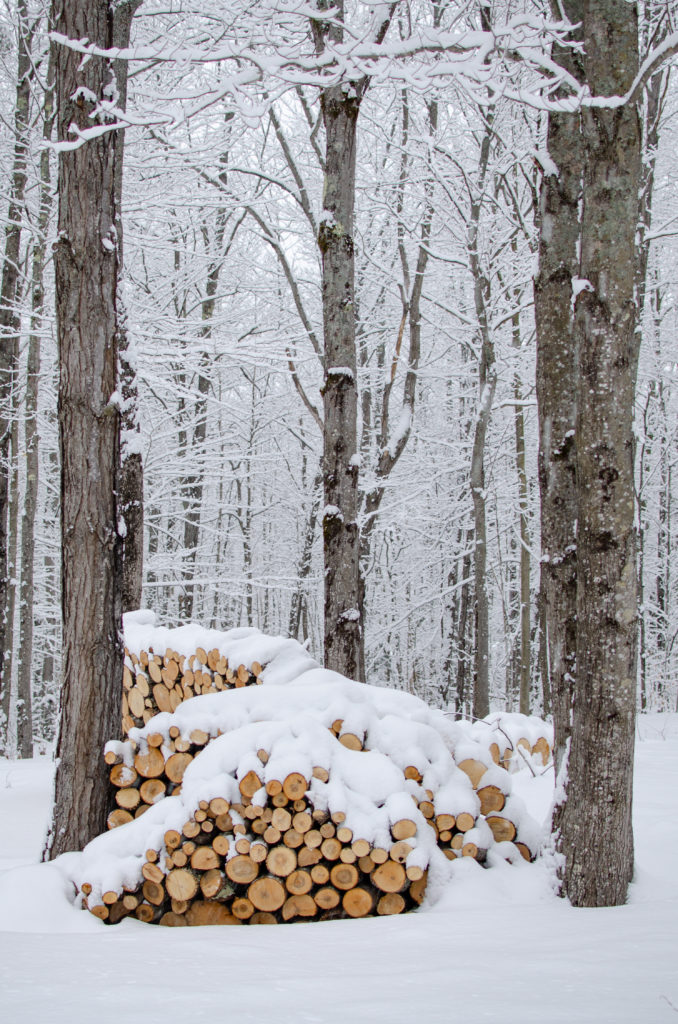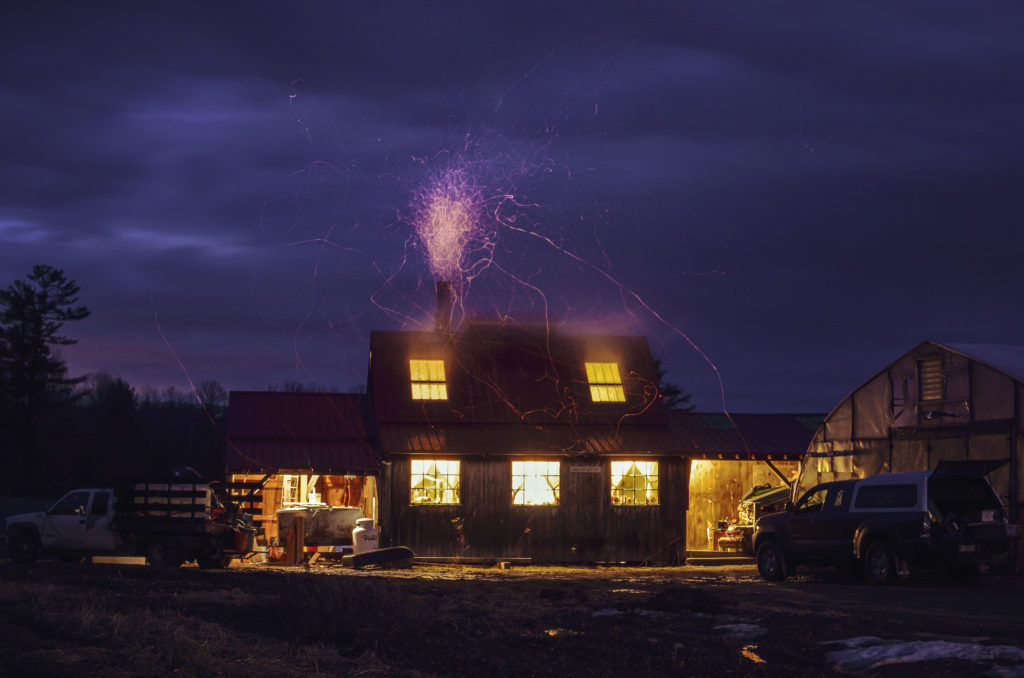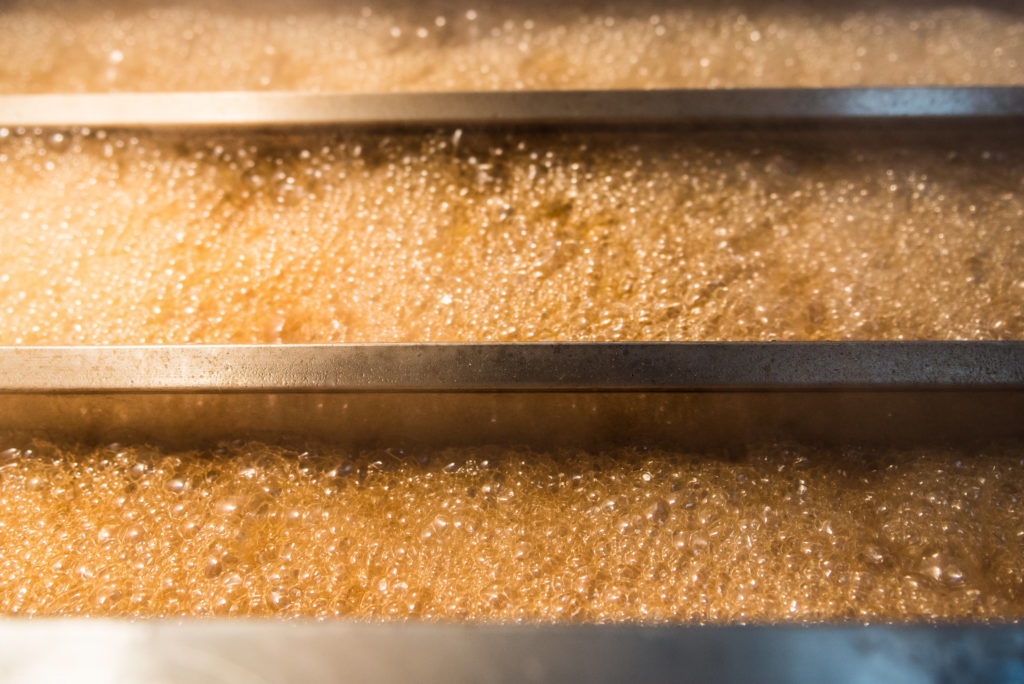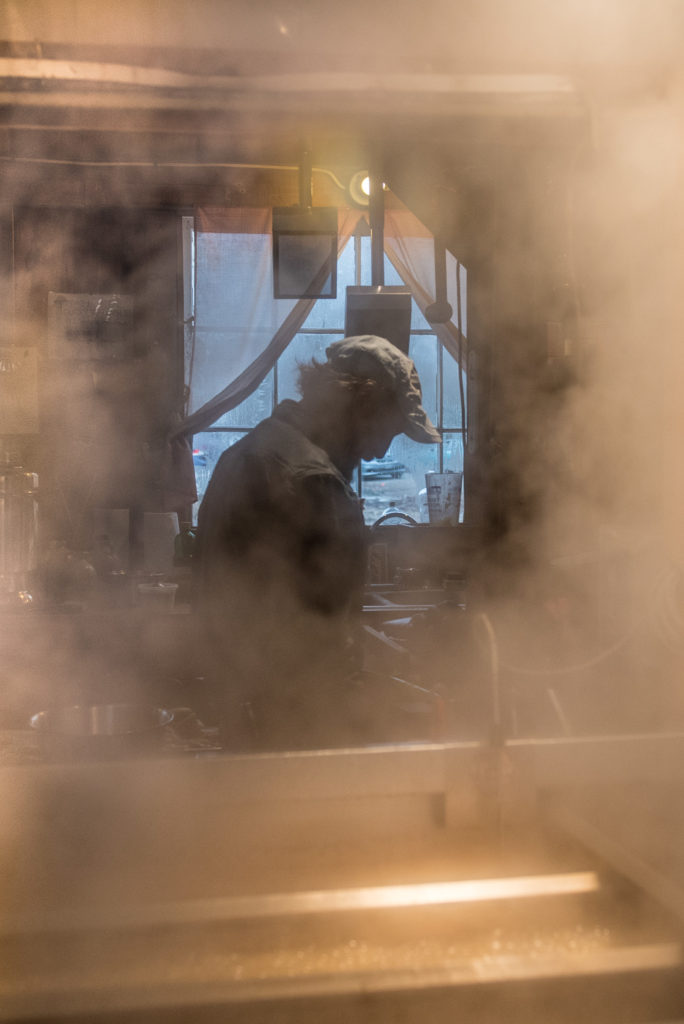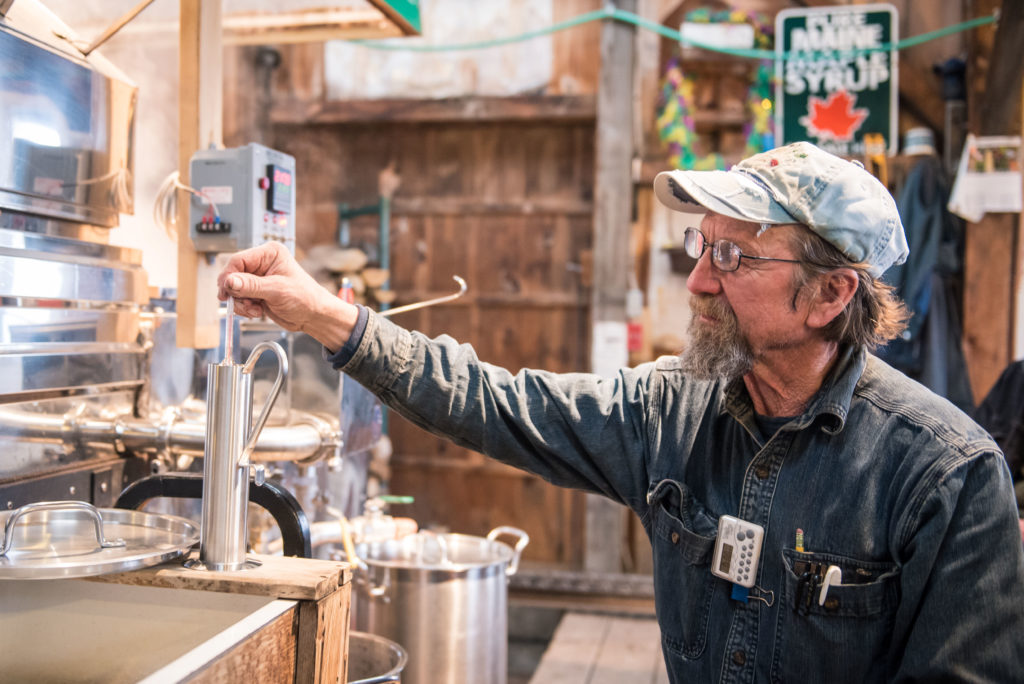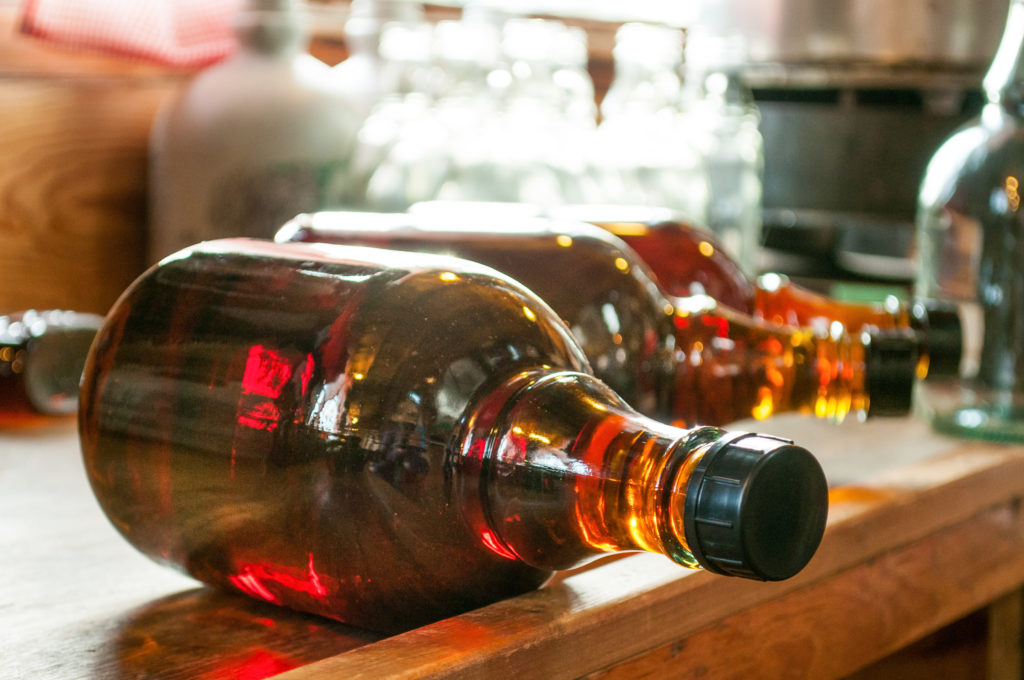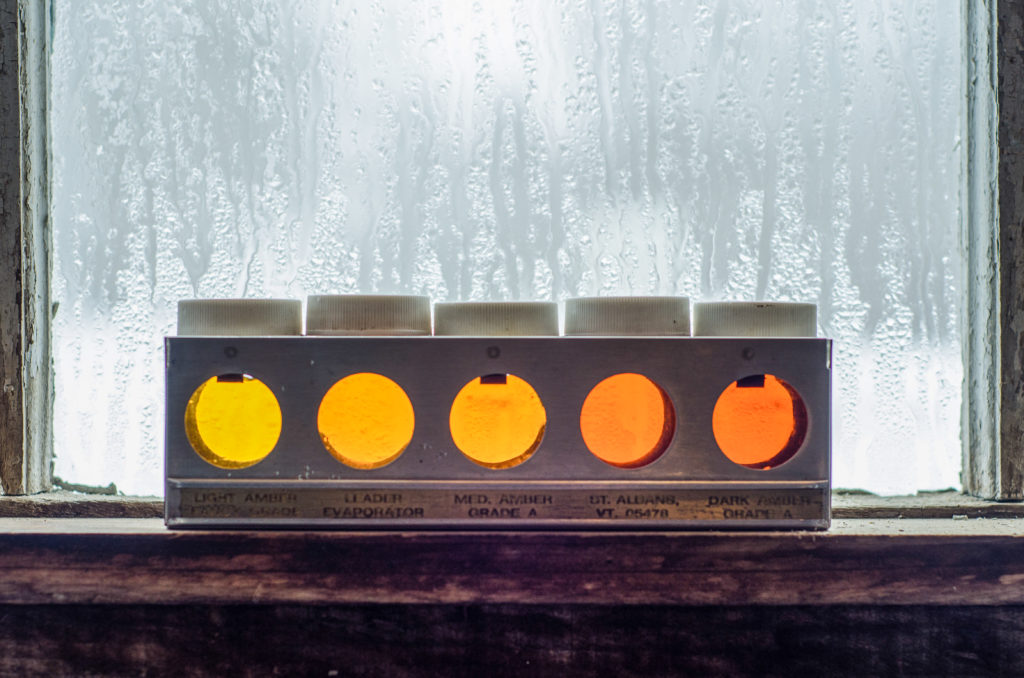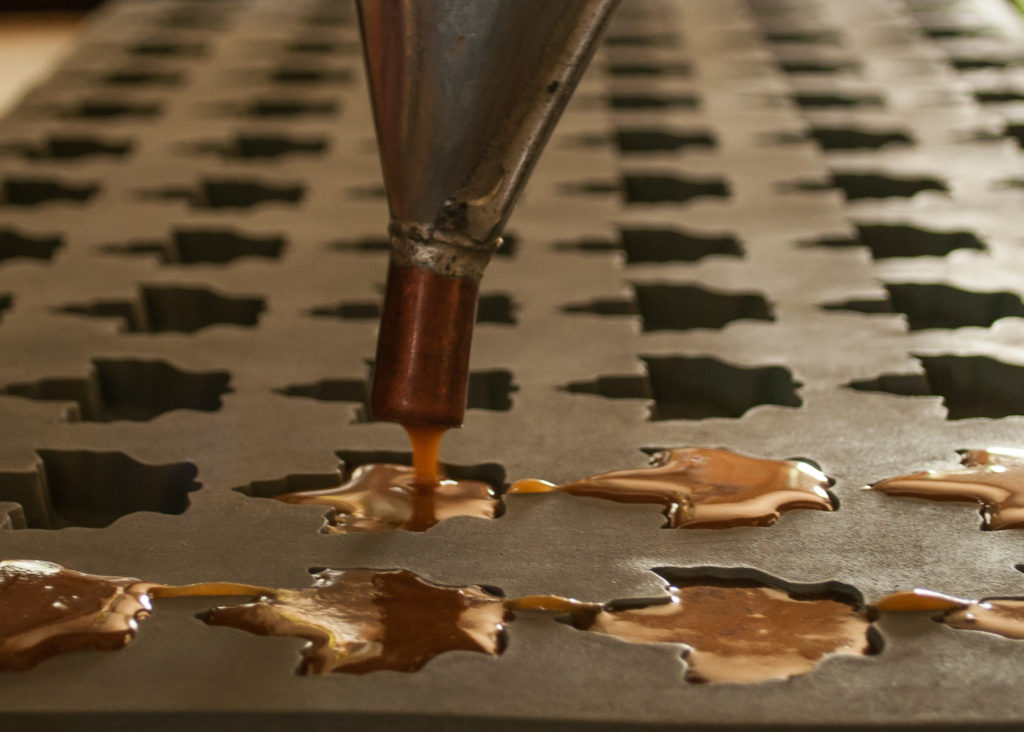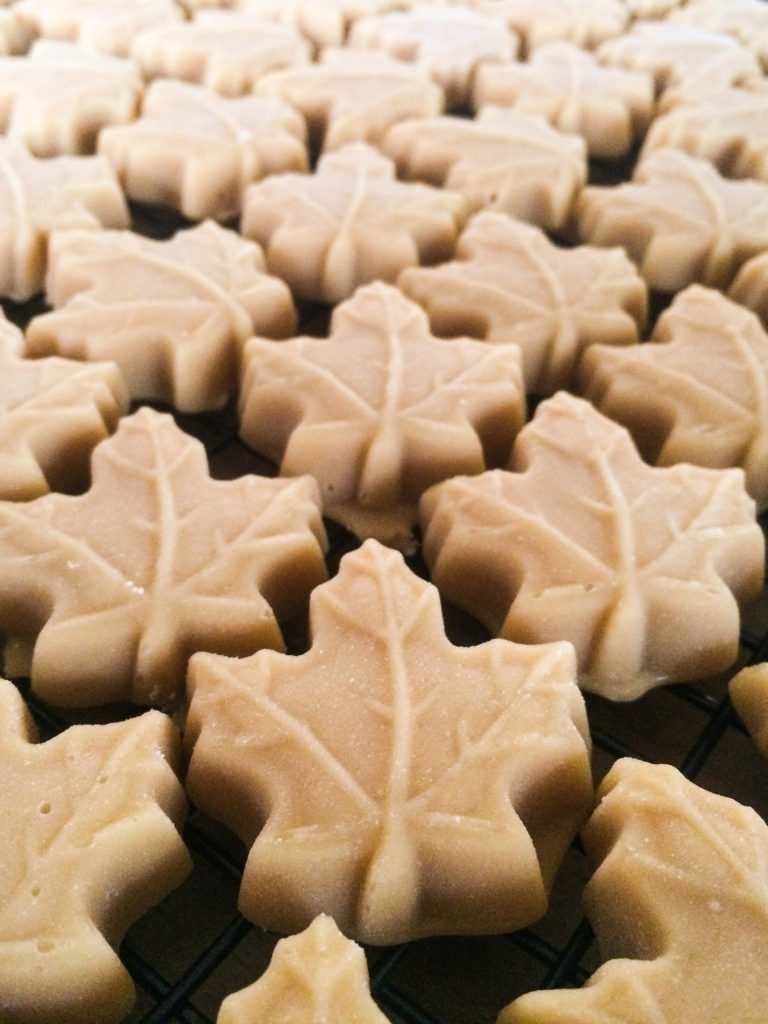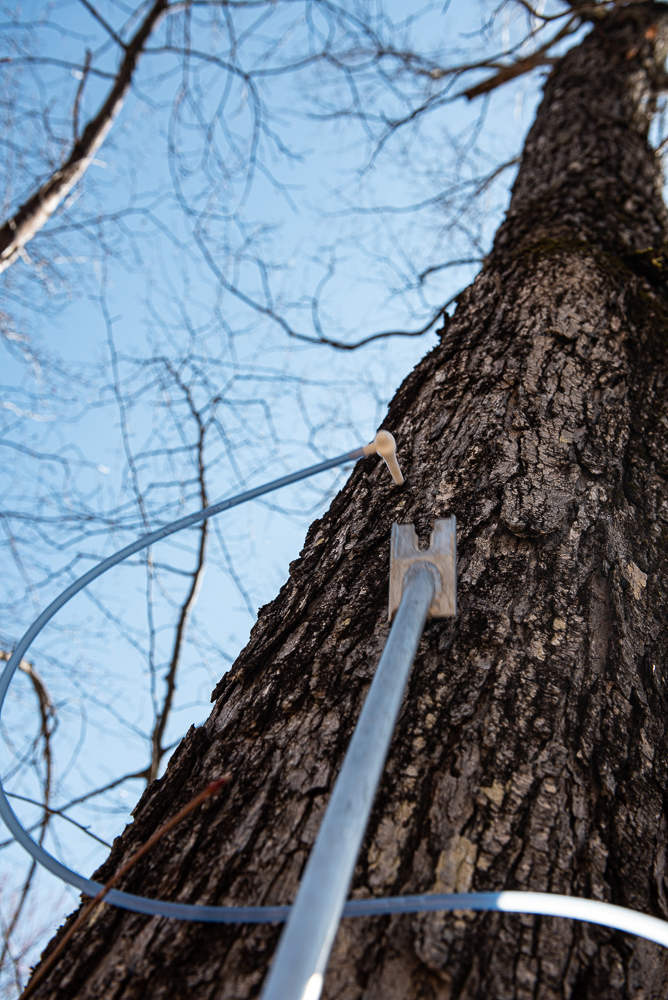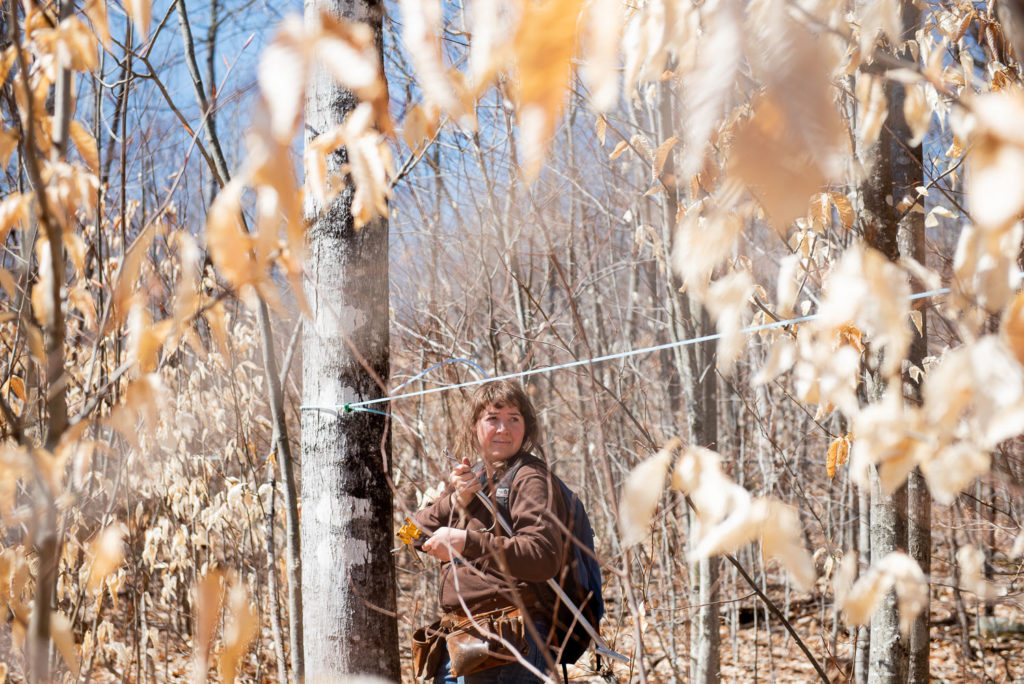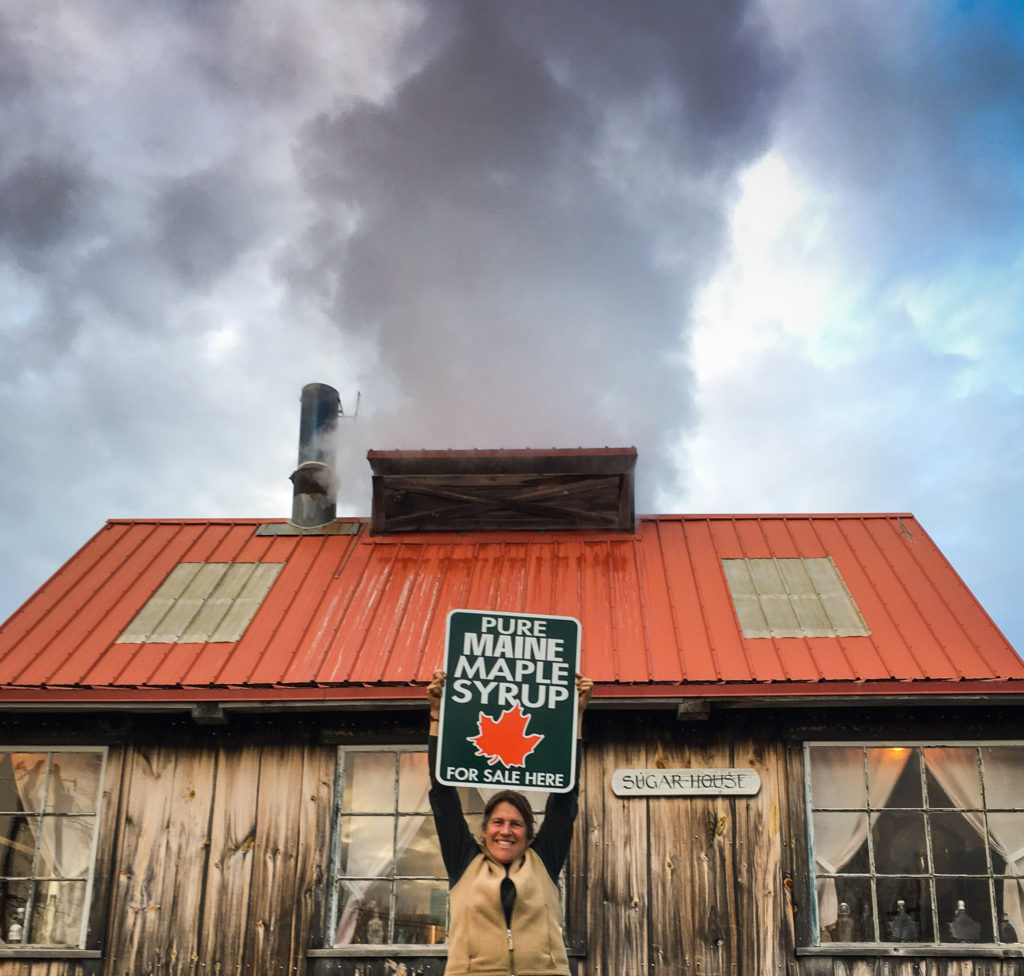Maple sugaring season is a special time in Maine. When the snow is finally beginning to melt, and the sun begins to feel warmer, the sap starts to run in the sugar maple trees. Farmers and others begin preparing during the dark of winter, and are ready to start collecting sap as soon as it starts to run. Each year Mainers celebrate maple syrup on the last weekend of March, and many sugar houses host special events in honor of Maine Maple Sunday. Fortunately, delicious Maine maple syrup is available all year round! Learn more about the process of making syrup through these photos and captions, and don’t miss the Harvesting Maine Episode One: Maple featuring 6 maple producers.
